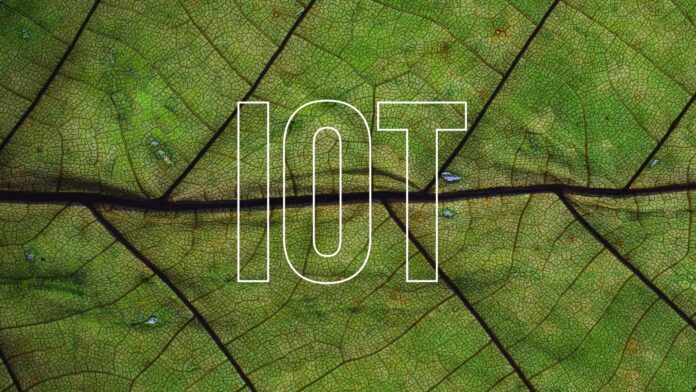Data is vital for monitoring the environment to improve the way increasingly scarce resources are used. The ability to monitor the systems that manage those resources anywhere on the globe is also vital, but it can be a challenge. Cellular 3G and 4G technologies are widespread, but using them in sensor nodes can lead to complex systems that are costly to set up and run in terms of both cash and power consumption.
This limits where they are used, as well as the insights they might provide to help optimise scarce resources. However, the latest developments with low-power wide-area network (LPWAN) technologies, notably LoRaWAN, are now opening up monitoring in remote areas with low-power direct-to-satellite links that can be combined with existing network infrastructure and cloud services. 2022 saw

Unlicensed LPWAN technologies like LoRaWAN are the most power-efficient technology for environmental monitoring. It is already used extensively in unlicensed frequency bands below 1GHz – at 868MHz in Europe and 912MHz in the US. These bands, lower than for licensed cellular technologies, enable IoT sensor nodes that can run for a decade on a single battery with a reach of many kilometres. Unlicensed LPWAN has been tremendously successful in areas such as smart agriculture, helping to monitor water usage and boost crop yields.
Fire prevention is another good example. The summer of 2021 saw a record number of more than 187,000 fires worldwide, breaking the previous record of 138,680 fires set in September 2020. Europe’s summer wildfire season last year was the highest in 15 years, but many were detected in advance by AI-enabled IoT sensors that could identify potential fire hazards by measuring meteorological conditions and the concentration of volatile organic compounds (VOC).
These solutions, increasingly complex and smart, have started to incorporate intelligent dashboards to assemble the AI layer in order to render data from sensors with machine-learning functions, and use live terrain maps and real-time heat maps to make calculations and predictions, and issue alarms with precise GPS locations to warn public officials.
Another example of unlicensed LPWAN monitoring – not strictly environmental, but related to the natural world, and also to farming – is for tracking reindeer in Finland. There are up to 300,000 animals herded each year, travelling up to 40 kilometres a day. As many as 10 percent of those animals can go missing, but low-power IoT sensor technology can track them roaming across 120,000 square kilometres that have extremely limited cellular coverage.
Low-power IoT sensors can withstand harsh winter conditions and still provide regular updates on the location of the reindeer. The split bands used for LPWAN highlight one of the challenges of the technology in that different parts are needed for different regions. In Europe, there is also a cap on the amount of data that can be sent in the sub-GHz band to prevent the band being overwhelmed.
However, new developments with LoRaWAN have extended LPWAN coverage to satellite bands, enabling low-power sensor nodes that are simple to onboard to a network to provide timely data to cloud and AI systems for automated management and optimisation. This opens new doors to cost-effective monitoring of remote regions, from water and temperature monitoring in the desert, wildfire monitoring in forests or equipment monitoring in the arctic.
With LoRa, this is enabled by a new protocol called Long-Range Frequency Hopping Spread Spectrum (LR-FHSS). This significantly increases network capacity and robustness to interference, allowing sensor nodes on the ground to connect directly to satellites in low earth orbits (LEO). Several constellations of LEO satellites are now able to connect to sensors on the ground and deliver data from anywhere on the globe.
These new capabilities can also enhance the efficiency of smart cities, giving smart meters greater reach and enabling cheaper, lower power monitors to refine the use of electricity and water, thereby reducing leaks and providing vital data to further reduce energy use as cities become ever smarter. Using the LR-FHSS protocol in the sub-GHz bands also gives it penetrating indoor coverage, with access to areas that are typically difficult reach such as basements where smart meters monitor and optimise the use of energy.
All of this data is interesting and useful, but it is the ability to pull it into the cloud that makes it immensely powerful. Ingesting data for machine learning analysis identifies trends and issues that are not immediately visible. This accelerates the development of new and better ways to optimise everything from supply chains to protection systems all across the earth, every day.
And it is the optimisation, not exploitation of resources that is vital for the future of our planet. The combination of existing communications infrastructures, global LPWAN technology and cloud services, including AI, can help to improve the way increasingly scarce resources are used and replenished.

